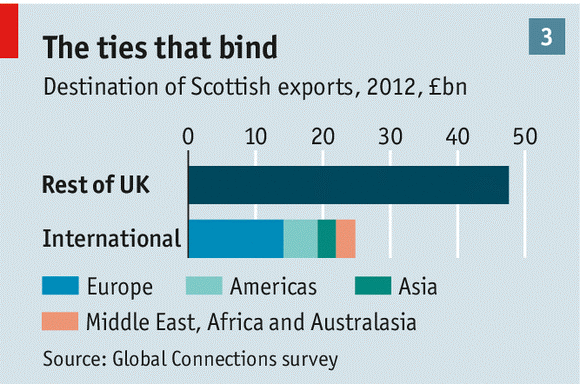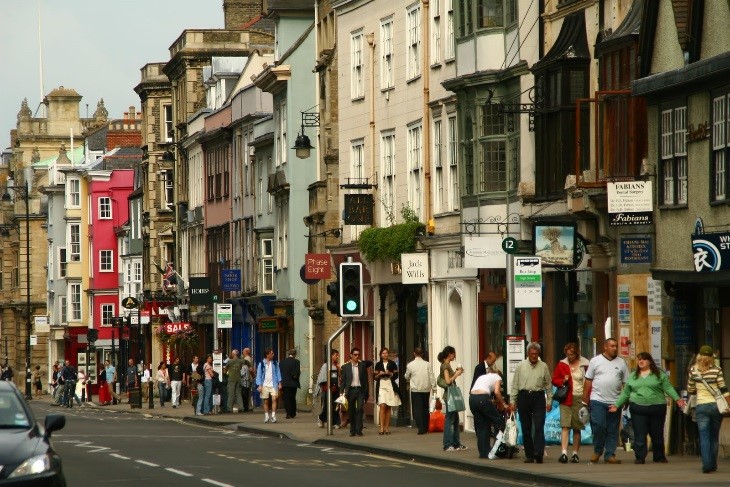Survey puts Scotland in the van of recovery
A new appraisal from one of Britain’s leading economic think tanks out today puts Scotland up in front on economic activity measures. The research by Capital Economics in its UK Cities and Regions Regional Chart Book, says Scotland and Wales saw the strongest activity indices last month, while the West Midlands and London saw the strongest employment data.
The Scottish and West Midlands evidence gets more support from other sources than does the Welsh and London evidence.
A month ago Labour Force Survey data was telling a negative story for Scottish employment. That, says Capital Economics, has now changed, with a 0.8 per cent rise between August-October and November-January, bringing employment in Scotland back up to typical 2012 levels.
Encouraging though this is, Scotland, as with the rest of the UK, continues to experience a zig-zag recovery – encouraging data one month followed by setback the next – and the underlying rate of recovery continues to be glacial. It will not be until adverse weather effects have been left behind and we are well into the second quarter before we can be confident that a recovery is being sustained.
And the big concern is that the UK economy overall continues to underperform massively compared to prior cycles. Real GDP per head was 6.4 per cent below the pre-recession peak in the final quarter of last year, probably did not expand in the first quarter of 2013 and on Citigroup forecasts will not regain the pre-recession peak until around the end of this decade – suggesting a recovery taking close to 50 quarters, or more than twice that in the aftermath of the Great Depression. The group’s growth forecasts remain at 0.4 per cent for 2013 and 0.7 per cent for 2014 - well below consensus and official forecasts.
Latest trends are set to bear out the uneven nature of economic performance. For the moment, the CE assessment notes that the Bank of Scotland/Markit PMI survey has been consistently positive about Scottish employment for more than two years.
It “has also been getting more positive of late with respect to output, with increases in the index for three months in a row. Indeed the February figure was the second highest for any part of the UK, just behind Wales.”
The 19,000 rise in employment identified by the Labour Force Survey generated a 4,000 fall in unemployment in the same period. That left unemployment nearly 14 per cent down on a year earlier. However, the more recent claimant count figures suggest that unemployment worsened by 300 in February.
“Overall”, says the CE assessment, “Scotland has probably been one of the better performing parts of the UK, with employment and output both up and unemployment down.
“So the 0.4 per cent fall in house prices in January, based on the ONS index, is perhaps a little disappointing compared with a 0.3 per cent rise for the UK, or 0.1 per cent for the UK excluding London. Alternatively it might be more appropriate to regard some of the increases seen elsewhere as a little risky.”
The latest Purchasing Managers Index data from the Bank of Scotland released yesterday shows that job creation strengthened in March and was the most marked in eight months. However, signals continue to be mixed, reflecting a combination of continuing weak demand, low levels of bank lending to businesses and the poor winter weather which held back business and discouraged consumer spending in the high street.
The headline Bank of Scotland PMI slipped to 51.1, down from 52.5 in February. Growth was underpinned by a further (albeit slower) increase in service sector business activity, with factory output down marginally on the month.
But March saw the volume of new work at Scottish businesses increase for the fourth month running, though the latest rise in new business levels was only slight, and slower than the pace of expansion recorded across the UK as a whole.
The rate of job creation in Scotland’s private sector economy picked up during March, and was the fastest in eight months. Services firms and manufacturers alike, BoS notes, recruited additional staff, with employment rising at equally modest rates across both sectors.
Donald MacRae, chief economist at Bank of Scotland notes that the PMI has now been above the “no-growth” level of 50 for six consecutive months “suggesting the Scottish economy is continuing its slow recovery from recession.”
Concerns over cost inflation for firms will be eased by the continuing fall in the price of oil which has brought petrol price falls at garage forecourts over the weekend. Yesterday the price of Brent crude fell a further 2.1 per cent to $100.93, having been at $118 as recently as February.




